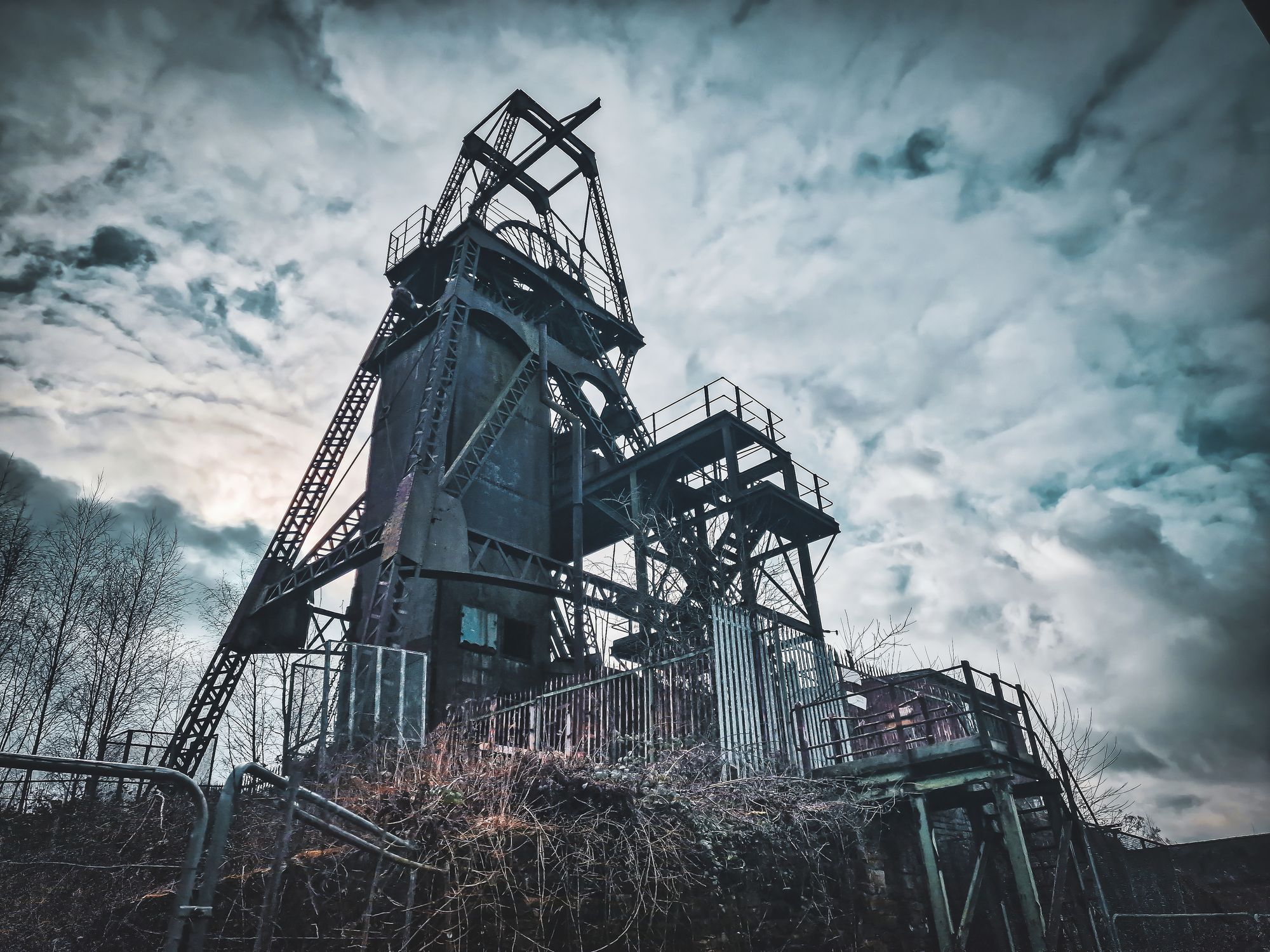This weekend we had the fantastic opportunity to have access to the amazing time capsule that is Chatterley Whitfield.
It is probably one of the most recognisable sights on the Stoke-on-Trent horizon and is the best surviving example of a deep mine in England.
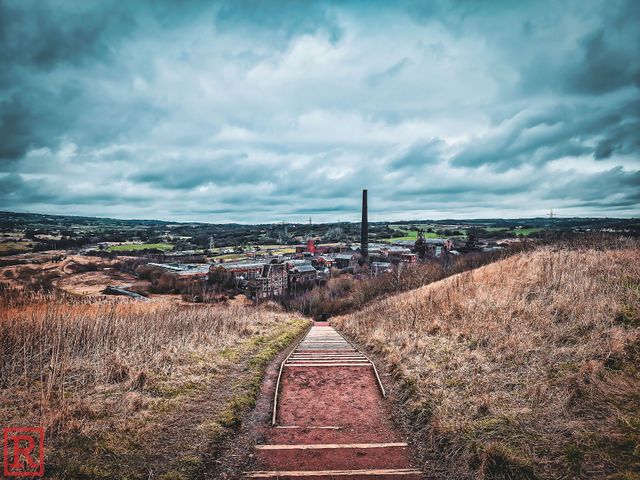
The largest mine on the North Staffordshire coalfield was the first mine in the UK to produce 1 million tons of saleable coal.
Unfortunately, the whole site is at risk due to a lack of funding. Although not through a lack of love, the volunteers over at Chatterley Whitfield Friends are doing just about everything they can to preserve our heritage for future generations. From creating a digital archive from the substantial paper archives to securing the site and fighting for its survival. So please do head over to their website and join them, it is only £5 for the year and being a member supports them, and their efforts and gives you some great member benefits like access to heritage open days and guided tours etc.
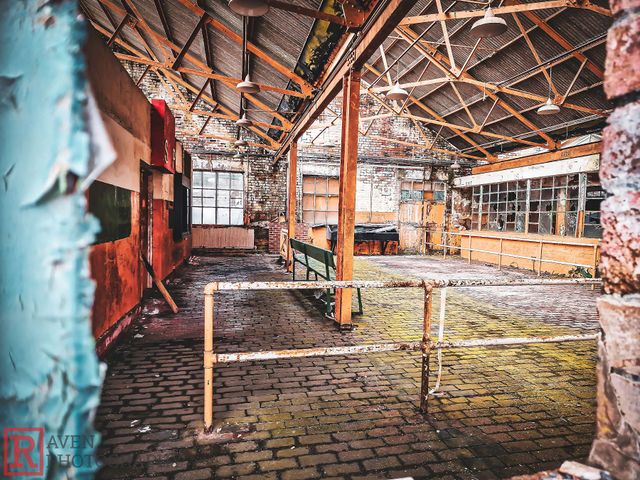
It is thought that there has been mining in the area as early as the 13th century and it seems that the monks from Hulton Abbey came to the area in the 14th and 15th centuries to mine for coal. They opened up eight seams known as foot rails which they dug in from the surface.
I'm not going to give you a full history here, because there is a comprehensive history of the site on the Chatterley Whitfield Friends site and they have done a fantastic job, so go and check it out.
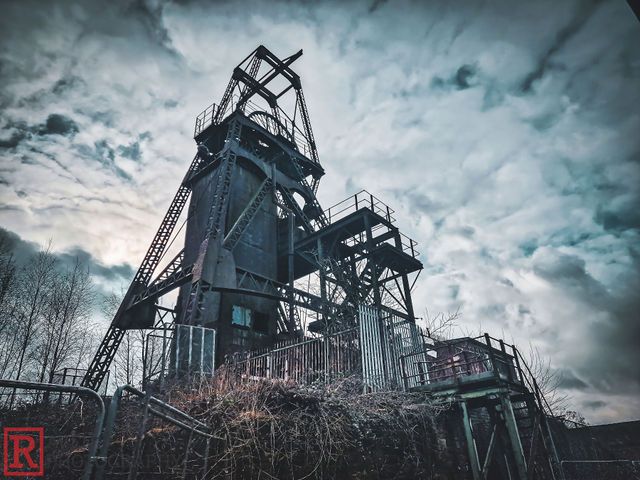
We had a fantastic morning walking around the site, learning more about the history of the place and the general day-to-day life there.
What is sad though is the state of the place. The buildings are unsafe, the pit heads are rusting and starting to become unsafe and the future of the site seems very unsure.
The site is a Scheduled Ancient Monument, so it is protected, but it is also on the English Heritage at risk register and in 2019 it was in the top 10 most endangered buildings in England list of the Victorian Society.
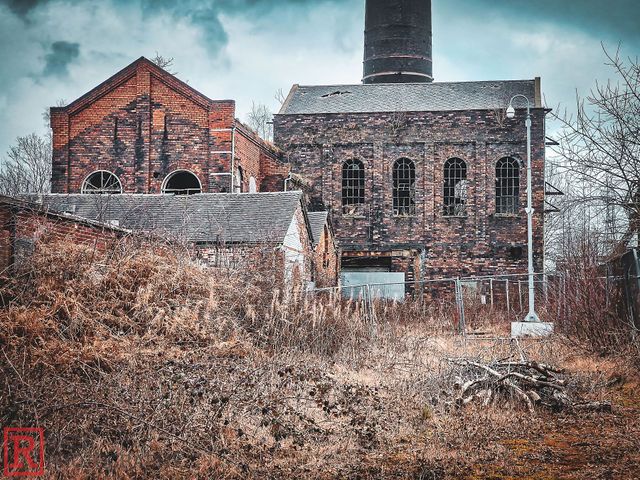
The whole place is like a time capsule, and the museum that the volunteers have put together is full of local history. Including a fantastic collection of local mining equipment and memorabilia that has kindly been donated by ex-employees and other kind people.
When the pit closed in the 70s, it became England's first underground mining museum. You could go down into one of the shafts and explore the site. An end was put to this however when Wolstanton closed as they were pumping the water out of Chatterley, so when it closed and they turned the pumps off, the workings ended up underwater.
The museum and the site were closed in the 90s and the site was handed back to Stoke-on-Trent City Council.
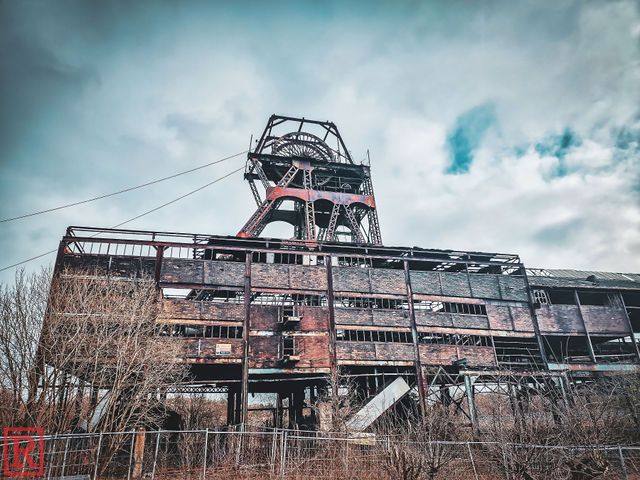
The Hesketh Pit was the deepest pit at around 2000 feet and is probably the most unstable part of the whole complex. Unfotunately the building surrounding it is in terrible condition and is only getting worse.
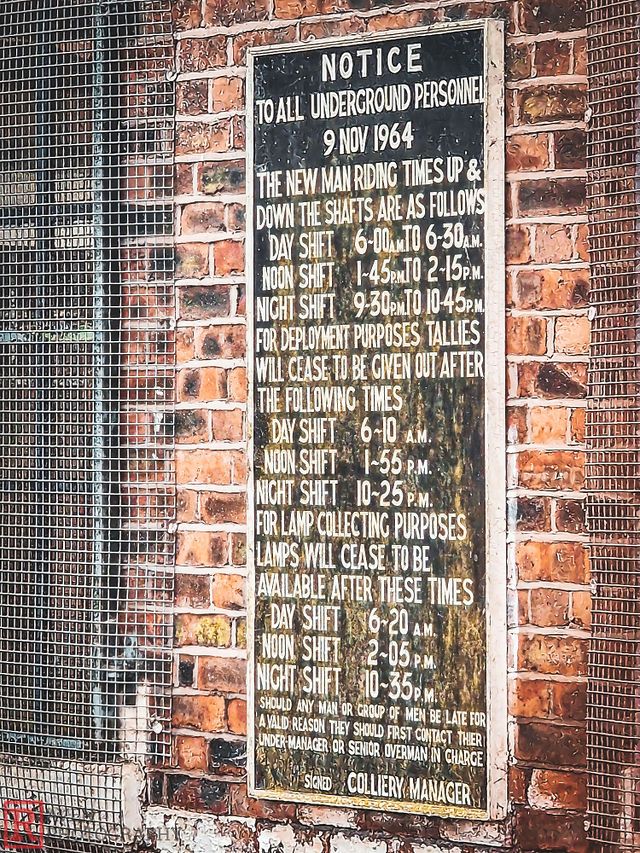
There was a terrible disaster in February 1881 at Chatterley Whitfield.
A fire was caused by a flue not being cleaned and the blacksmith's fire caused an explosion and fire that caused the collapse of the Laura Pit and killed 24 men and boys.
There is a fantastic and detailed explanation of the disaster here for those who wish to read about it in depth.
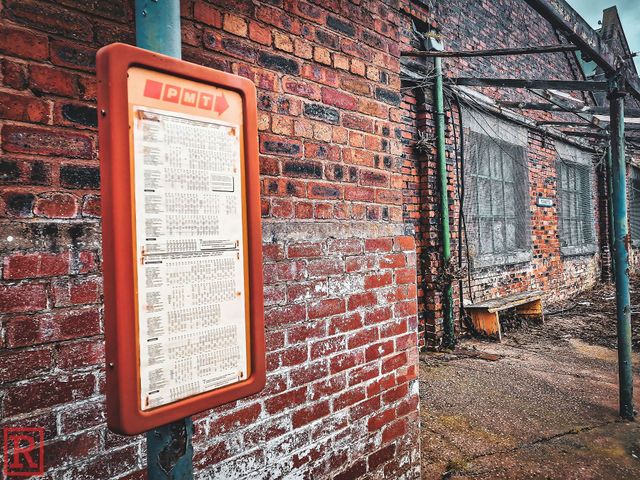
The site is at risk and needs support from the local people to keep it going. But it needs support from our council and local investors to truly rescue it from ruin.
Here is hoping that the future is brighter for the site and that it can finally find a new use so that we can save our heritage and secure it for the future.
If you would like to view the rest of the photographs from the day, then please take a look at the full gallery here.
If you like what you have read, please feel free to support me by following and signing up for my newsletter and/or buying me a coffee!
Thank you.

If you are interested in the history of mining in Stoke-on-Trent then check out these books on Amazon.
